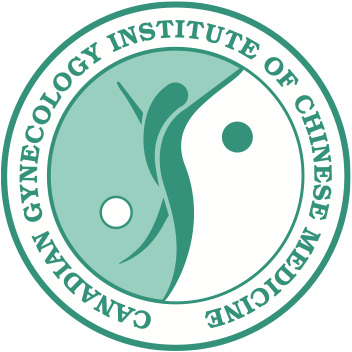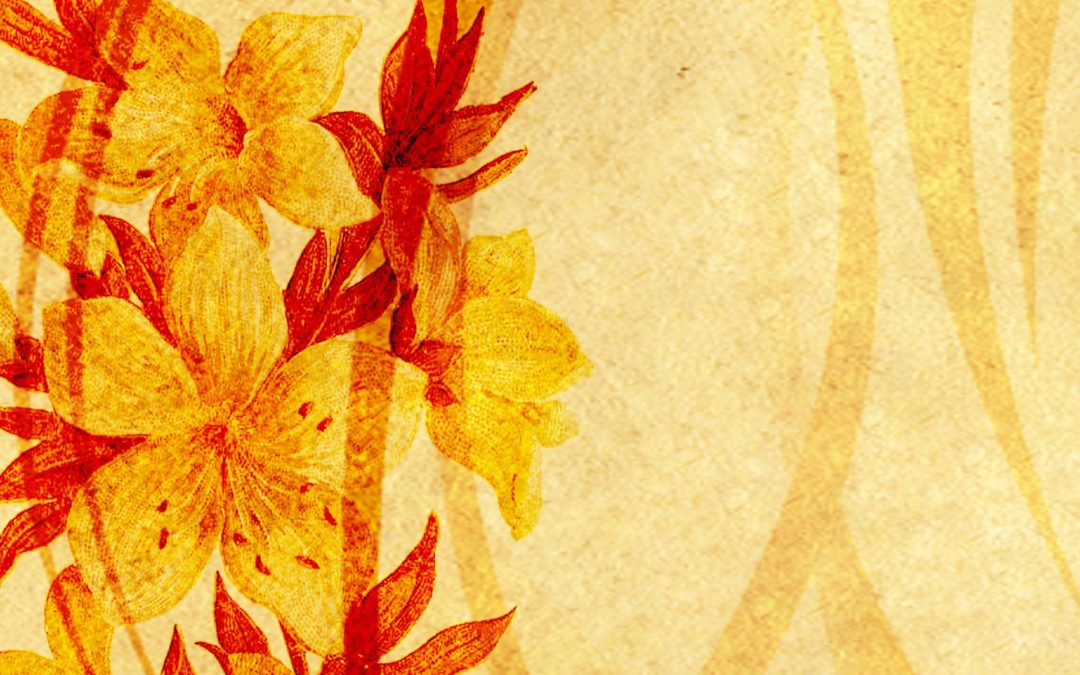Pregnancy is a wonderful time in a woman’s life; it is a time full of hope and possibility, but losing a baby or even the threat of it can be a devastating experience. Using Chinese Medicine is a safe, effective and gentle way of healing, preventing, and treating pregnancy loss. According to Chinese Medicine, there are a few different categories of miscarriage: threatened miscarriage, miscarriage/abortion and recurrent pregnancy loss and we’ll look at them all individually.
Threatened Abortion
According to Western Medicine, threatened abortion is defined as vaginal bleeding before 20 weeks of gestation and it occurs in approximately 30% to 40% of all pregnancies – which indicates that it happens quite often. The bleeding is usually light and may be associated with mild lower abdominal pain or cramping pain. It is often not possible to differentiate clinically between threatened abortion, completed abortion, and ectopic pregnancy in an unruptured tube. Evaluation of a threatened abortion should include serial hCG measurements unless the patient has an intrauterine pregnancy documented by ultrasound eliminating the possibility of an ectopic pregnancy.
There are a variety of different reasons for the threatened abortion, some of which include chromosomal defects, acute infections, endocrine disorders, uterine defects, poisoning, or immune disorders such as maternal-fetal blood type incompatibility or rhesus incompatibility.
Western Medical treatment is as yet controversial. Occasionally progestins or hCG are used in along with sedatives even though gynecology textbooks say there is no effective therapy for a threatened intrauterine pregnancy. Bed rest, although advocated, is not effective but treatment should be given for any vaginal infection.
It is important to note the difference between normal bleeding during early pregnancy and miscarriage. During a threatened abortion there is substantial bleeding with clots and a down-bearing sensation. Normal bleeding is scant in amount, no clots and no or little down-bearing sensation.
How is Chinese Medicine Different?
According to Chinese Medicine there is a weakness in the Ren and Chong meridians which can no longer gather Blood and nourish the fetus. There are two causes for threatened abortion: the fetal aspect and the maternal aspect. In the fetal aspect, Essence from both the mother and father is weak and even though both Essences are united, they are not strong enough to implant into the uterus and grow properly. In the maternal aspect, there is a constitutionally weak Kidney, Qi-Blood deficiency, or heat invading the body that affects the fetus. Treatment for this disease should focus on how to keep the fetus growing. Before treatment, fetal death should be ruled out which can be diagnosed by measuring hemorrhage amount, an ultrasound, urine test and/or movement of the fetus. Treatment is based on differentiation:
| Differentiation | Kidney Deficiency | Qi-Blood Deficiency | Blood Heat | Trauma |
| Type of Bleeding | Pale brown colour, trickling bleeding with bearing down sensation | Light red colour, scant, thin and dilute bleeding with bearing down sensation | Red coloured bleeding
With bearing down sensation |
Bleeding after injury with bearing down sensation |
| Other Signs | Low back ache, dizzy, tinnitus, frequent urination, multiple abortions, light red tongue, white coating, deep slippery pulse, weak chi pulse | Distending pain in abdomen and lumbar, fatigue, pale face, palpitations, shortness of breath, light red tongue, thin white coating, thready slippery pulse | Distending pain in abdomen and lumbar, irritability, hot sensation in palms, dry mouth and throat, hectic fever, short yellow urine, dry stools, red tongue, yellow dry coating, slippery stringy rapid pulse | Low back pain, abdominal distention, normal tongue, slippery pulse without strength |
| Acupuncture | UB 23, ST 36 | UB 20, ST 36 | UB 20, UB 23, ST 36, SP 10,LV3 | UB 20, UB 23, ST 36, SP 10 |
| Herbs | Modified Shou Tai Wan | Modified Tai Yuan Yin | Modified Bao Yin Jian | Modified Sheng Yu Tang |
Spontaneous Miscarriage & Abortion
According to Western Medicine, about 15% to 20% of known pregnancies terminate in spontaneous abortion. With the use of serial hCG measurements to detect early subclinical pregnancy losses, the percentage increases to 30%. About 80% of spontaneous pregnancy losses occur in the first trimester and luckily the incidence decreases with each gestational week. In women who have had one prior spontaneous abortion, the rate of spontaneous abortion in a subsequent pregnancy is about 20%; in women who have had three consecutive losses, the rate is 50%.
There are different types of abortion classifications:
- Anembryonic Gestation in which an intrauterine sac without fetal tissue is present at more than 7.5 weeks of gestation.
- Incomplete Abortion results when there is expulsion of some but not all of the products of conception and typically occurs between 6 and 20 weeks of gestation. A suction curettage should be administered as soon as possible to reduce the risk of post-abortal endometriosis and pelvic inflammatory disease, both of which can increase the risk of infertility. Broad spectrum antibiotics should be given to those patients who are febrile.
- Complete Abortion is spontaneous expulsion of all fetal and placental tissue from the uterine cavity before 20 weeks of gestation.
- Inevitable Abortion occurs when there is uterine bleeding with cervical dilation but without the expulsion of placental or fetal tissue through the cervix, happening before 20 weeks of gestation.
How is Chinese Medicine Different?
In Chinese Medicine, fetal loss is termed miscarriage or abortion. Miscarriage refers to fetal loss within the first 12 weeks of pregnancy while abortion refers to fetal loss between weeks 12 to 28 of the pregnancy. Treatment is generally identical to threatened miscarriage (described above).
| Type |
Anembryonic Gestation |
Incomplete Abortion |
|
| Differentiation |
Qi & Blood Deficiency |
Blood Stasis |
Qi Deficiency |
| Tissue Present |
No fetal tissue present |
Fetal tissue present |
|
| Other Signs | Pale complexion, with or without vaginal bleeding or water like substance, regular abdominal pain that become shorter in intervals, down bearing sensation, weak pulse | Bad breath, abdominal pain, down bearing sensation, vaginal bleeding with clots or water like substance, purple tongue, deep pulse | Heavy bleeding, pale complexion, shortness of breath, does not want to talk, light red tongue, weak pulse |
| Acupuncture | RN 3, UB 32, SP 6, LI 4, UB 62, reducing | ||
| Herbs | Modified Tuo Hua Jian, after suction curettage use Modified Sheng Hua Tang | Modified Sheng Hua Tang | |
Recurrent Pregnancy Loss
Recurrent abortion has been defined as the occurrence of 3 or more clinically recognized pregnancy losses before 20 weeks gestation. The risk for subsequent pregnancy loss is estimated to be 24% after two clinically recognized losses, 30% after three losses, and 40% – 50% after four losses. Parental chromosomal abnormalities and thrombotic complications of the antiphospholipid antibody syndrome (APAS) are the only undisputed causes of recurrent abortion, collectively these abnormalities account for less than 10% to 15% of recurrent pregnancy losses. Other associations include anatomical abnormalities (12% – 16%), endocrine problems (17% – 20%), infections (0.5% – 5%), immunologic factors (20% – 50%), and other miscellaneous factors have been implicated and account for about 10% of cases. Yet even after a thorough evaluation, the potential cause remains unexplained in about half of cases.
Advances in the treatment of patients with recurrent pregnancy loss have been slow. Although we have experienced a rapid expansion in our understanding of the molecular and subcellular mechanisms involved in implantation and early pregnancy maintenance, extension of these concepts to prevention of recurrent early pregnancy loss has lagged. In addition to these limitations, progress toward treatment of most causes of recurrent pregnancy loss has been hampered by a variety of factors.
Common therapeutic options that currently exist for patients with recurrent pregnancy loss include the use of donor oocytes or sperm, the use of pre-implantation genetic diagnosis (PGD), the use of antithrombotic interventions, the repair of anatomic anomalies, the correction of any endocrine abnormalities, the treatment of infections, and a variety of immunologic interventions and drug treatments. Psychological counseling and support should be recommended for all patients.
How is Chinese Medicine Different?
As with Western Medicine, Chinese Medicine defines recurrent pregnancy loss as 3 or more miscarriages and is also known as Hua Tai. It can be due to maternal factors or fetal factors. Miscarriages or abortions damage Kidney Qi and exhaust Qi and Blood, which can in turn be the cause of subsequent miscarriages or abortions. It should be noted that according to Chinese Medicine, miscarriage is just as hard on the body as labor – if not more so. That being said, the treatment of habitual miscarriage is generally preventative in nature. Though the patient should wait 3-6 months post-miscarriage to try to conceive again, so the body has enough recovery time and is strong enough to support a fetus.
| Time | Preconception | Postconception |
| Differentiation | Kidney Deficiency,
Qi & Blood Deficiency |
With or without symptoms, treat as threatened abortion. |
| Other Signs | History of miscarriage, low back pain, abnormal menstruation, fatigue, shortness of breath, night urination, difficulty re-conceiving, light red tongue, deep pulse. | |
| Acupuncture | UB 20, UB 23, ST 36, RN 6, RN 4, moxa | |
| Herbs | Modified Bu Shen Gu ChongTang | Modified Shou Tai Wan & Tai Yuan Yin |
Chinese Medicine is a safe and effective way to help support a pregnancy and can easily be integrated with any Western Medicine treatment. For more information, please contact us.
Caroline Prodoehl, D.Ac.
References
Maciocia, Giovanni, 2011. Obstetrics and Gynecology in Chinese Medicine, 2nd Ed. Churchill Livingstone, Philadelphia, PA.
Wang, Yuxiang (2010). Integrated Gynecology Course Notes. Toronto School of Traditional Chinese Medicine.

